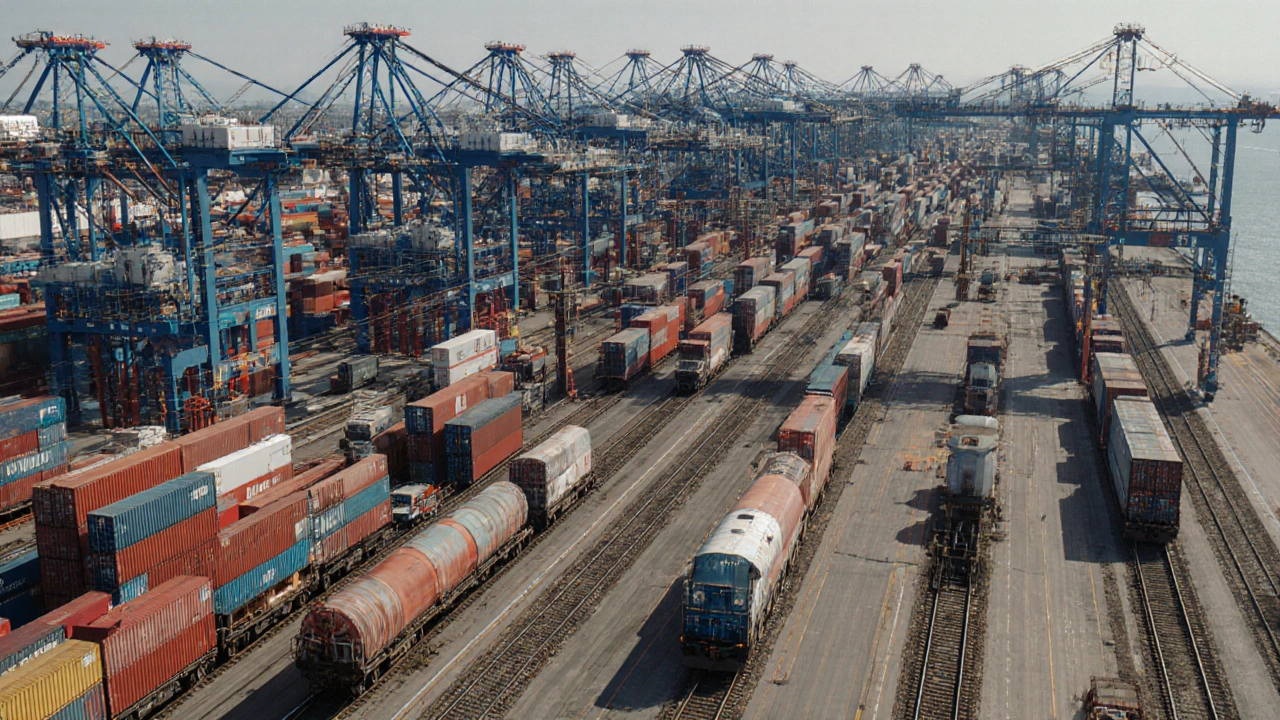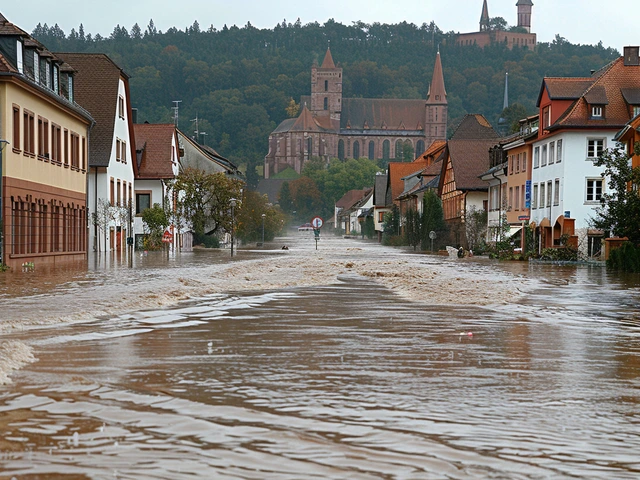Maersk: Driving African Trade and Global Shipping
When you talk about Maersk, the world’s largest container shipping company, operating a fleet that moves millions of TEUs each year. Also known as A.P. Møller – Maersk, it plays a central role in global trade and African supply chains.
Alongside container shipping, the movement of standardized cargo units across oceans, Maersk relies heavily on logistics, the planning, coordination and execution of goods movement and strong ties to African ports, key gateways such as Durban, Lagos and Mombasa that handle regional imports and exports. These three entities form the backbone of a continent‑wide supply chain, linking raw materials to finished products.
Why Maersk Matters for Africa
Maersk’s network enables African manufacturers to reach European and Asian markets faster than ever. The company’s vast fleet of ultra‑large container ships, coupled with regional feeder services, creates a seamless bridge between inland producers and seaports. This bridge requires efficient logistics coordination and compliance with maritime regulations, which govern safety, customs and environmental standards. When African ports adopt modern port‑call systems, Maersk can schedule arrivals more precisely, cutting idle time and fuel use.
Digital platforms are another game‑changer. Maersk has invested in blockchain‑based tracking and AI‑driven routing, which gives shippers real‑time visibility of cargo. This digital platforms, software tools that gather, analyze and share shipping data improve decision‑making for traders, freight forwarders and port authorities alike. The result: shorter lead times, lower inventory costs, and a more resilient supply chain that can absorb disruptions.
Environmental pressure is reshaping the industry. Maersk has pledged to reach net‑zero carbon emissions by 2050, investing in low‑sulphur fuels, wind‑assisted propulsion and even exploring ammonia‑powered vessels. These emissions‑reduction, strategies aimed at cutting greenhouse gases and pollutants from ships not only meet stricter global regulations but also appeal to African importers who want greener supply chains. Green shipping can become a competitive advantage for ports that adopt clean‑energy berths and shore‑side electricity.
Market volatility adds another layer of complexity. Fluctuating fuel prices, geopolitical tensions and shifting trade agreements can all affect Maersk’s operating costs and route choices. When oil prices spike, container rates rise, squeezing margins for African exporters. Conversely, stable fuel costs allow Maersk to offer more predictable pricing, encouraging small‑scale producers to enter international markets. Understanding these dynamics helps businesses plan budgets and negotiate better contracts.
In short, Maersk sits at the intersection of container shipping, logistics, digital innovation, environmental stewardship and market economics. Its influence reaches deep into African ports, shaping how goods move across the continent and beyond. Below you’ll find a curated selection of news, analysis and updates that explore these themes from every angle—whether you’re tracking the latest supply‑chain tech, evaluating green‑shipping initiatives, or watching how new maritime regulations affect trade flows.
Take a look at the stories ahead to see how Maersk’s strategies translate into real‑world impact for African economies and global commerce.
Barcelona Port Opens Direct Freight Rail to France, Slashing Transit
By Sfiso Masuku On 5 Oct, 2025 Comments (12)

Barcelona's port launches a historic direct freight rail link to France, cutting transit times by up to 12 days and boosting cross‑border trade.
View More




